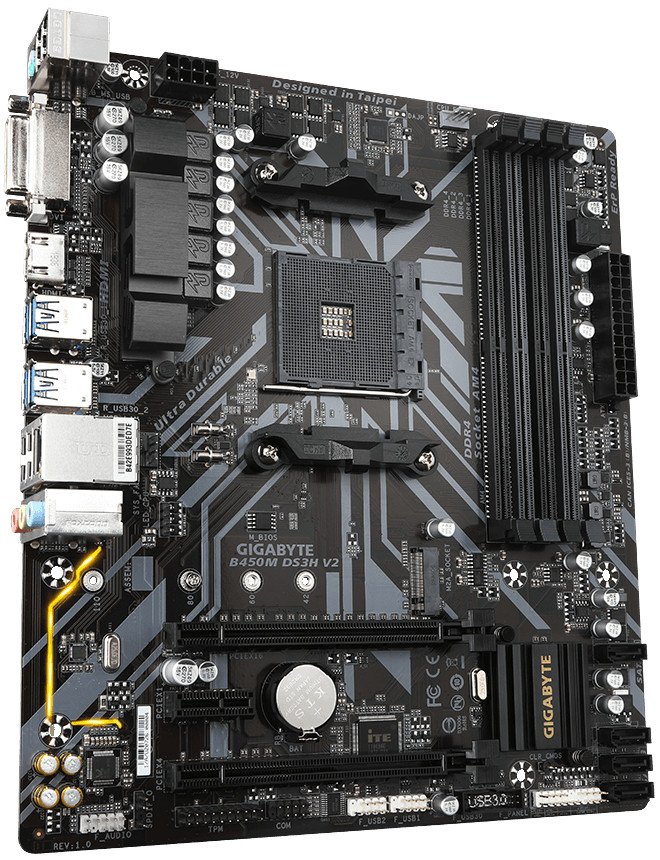ATX vs. Micro-ATX: Which is the best motherboard for your PC?
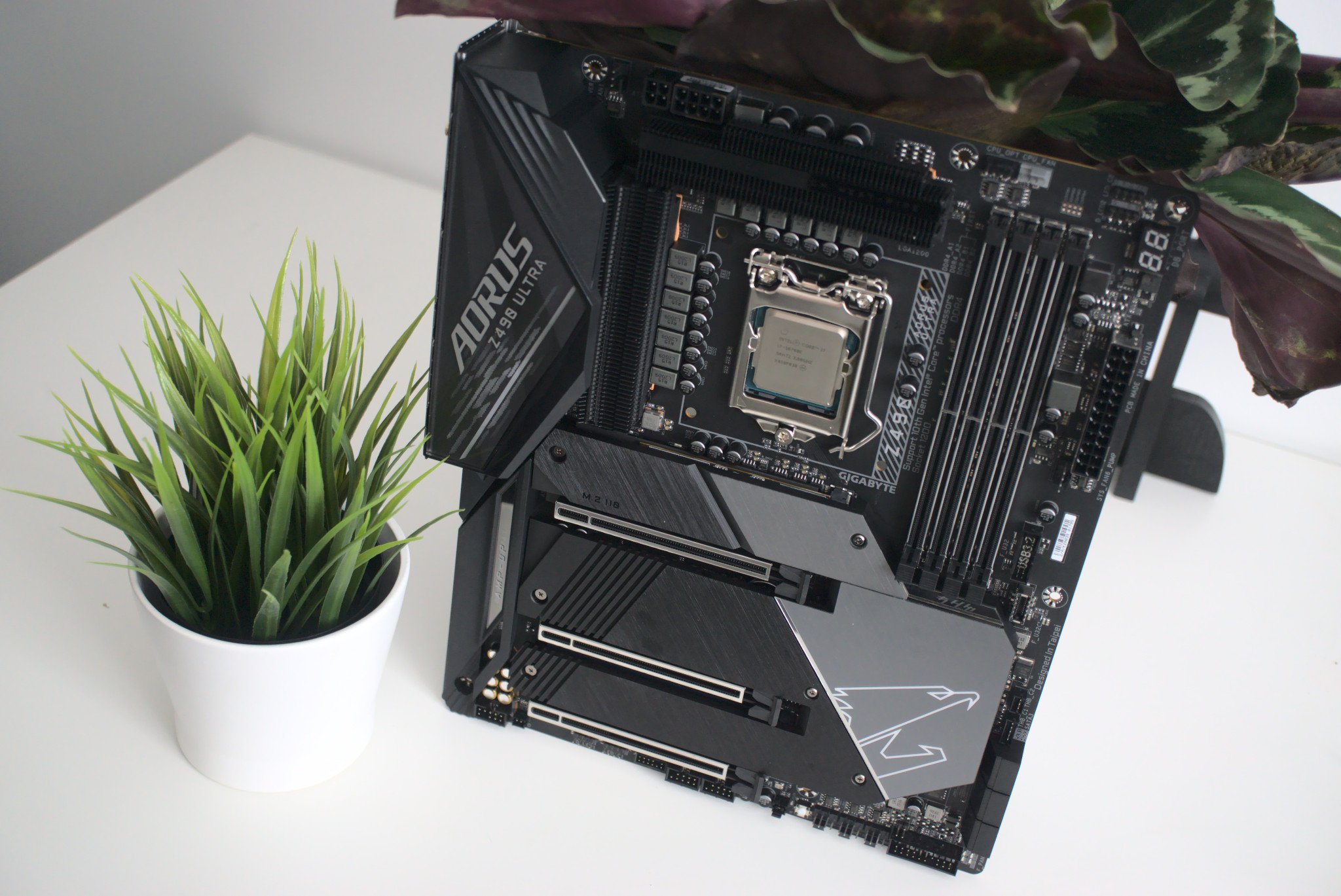
ATX vs. Micro-ATX: Which is the best motherboard for your PC?
ATX vs. Micro-ATX: The size difference
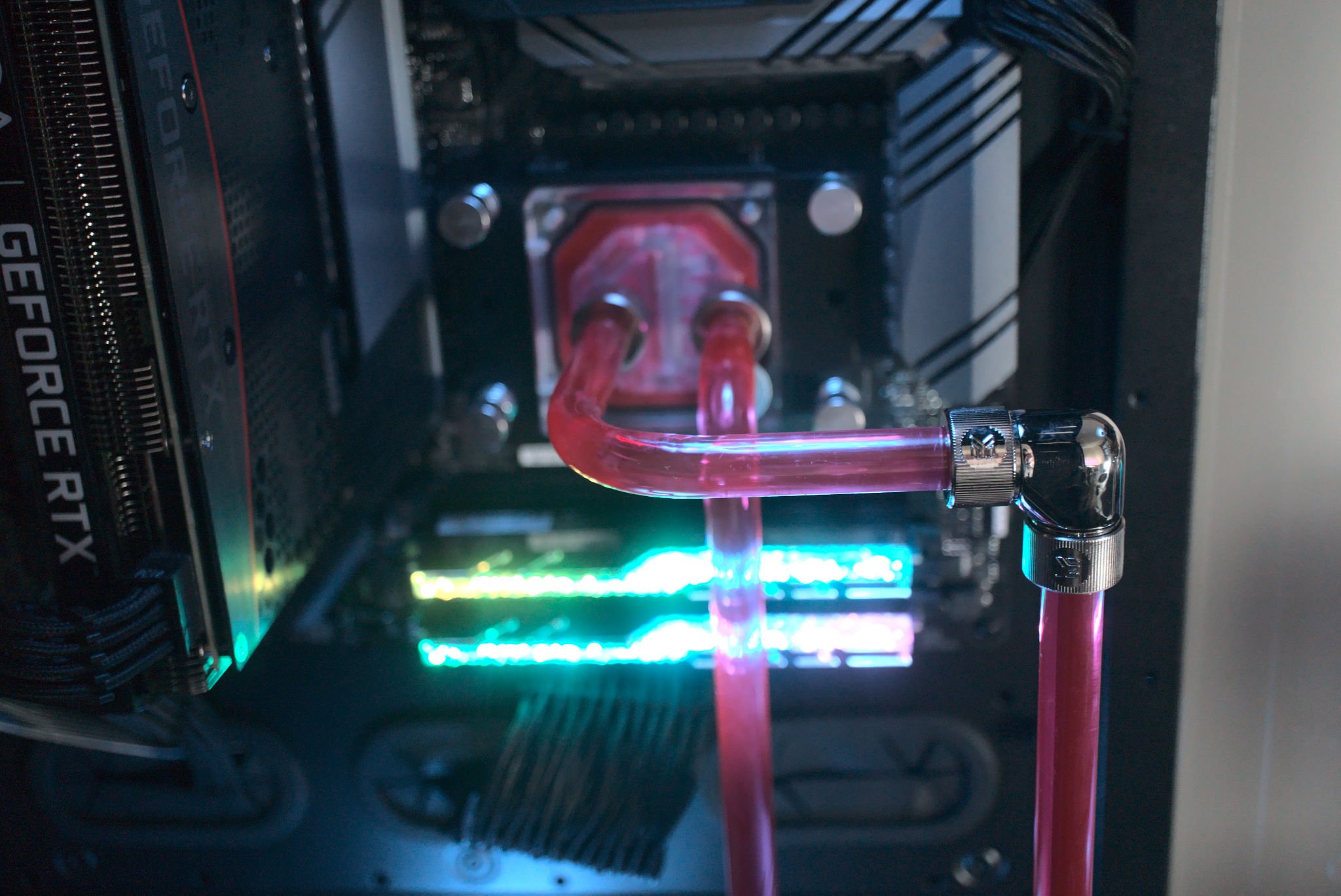
If you're new to PCs, it can be pretty overwhelming when you take a look at which motherboards to buy. In a lot of ways, it's the nucleus of your PC components. If it doesn't get along with the other parts you plan to include, you'll run into hiccups as you build. So when choosing between an ATX vs. Micro-ATX board, you have to think ahead a bit. The differences between the two form factors depend a lot on what you want out of your PC.
ATX motherboards are larger than Micro-ATX boards, about two inches bigger in fact. Why does that matter? Because your case will need to be big enough to fit an ATX board. For the most part, that's an easy thing to find. Cases designate that pretty clearly in their names and on their product pages. And if the case fits an ATX board, it's automatically compatible with a smaller, Micro-ATX board.
ATX vs. Micro-ATX: RAM slots
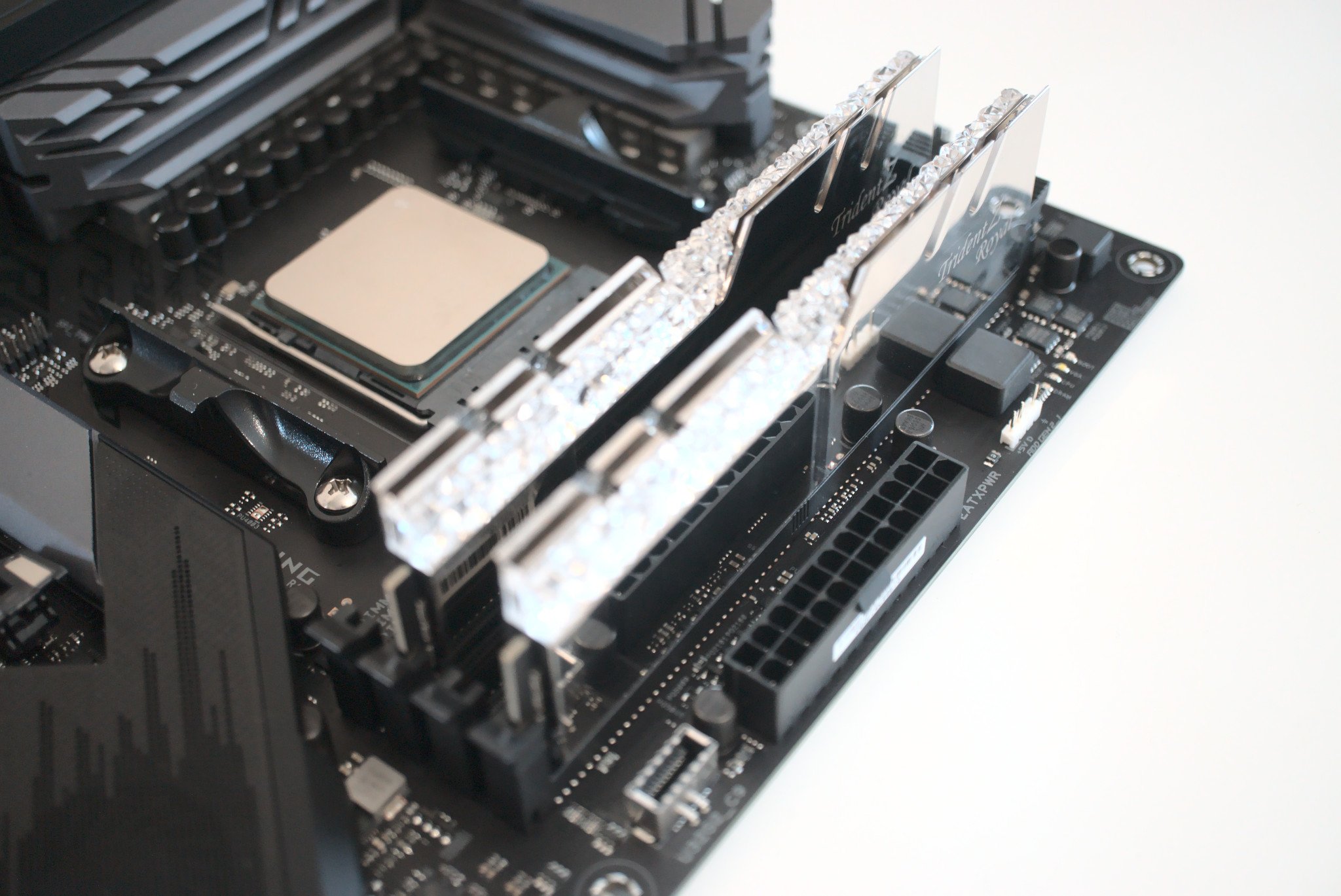
With the simple difference out of the way, we now have to dig into the technical differences that matter a lot more. ATX boards have the capacity to have more RAM slots than Micro-ATX motherboards. Typically, you can find four RAM slots that support up to 32GB sticks each in both types of motherboards, but it's possible for a Micro-ATX board to support only two total slots. This matters because you might be in need of several slots especially if your PC will be used to render video of 3D models. For gamers and most other users, a Micro-ATX motherboard will suffice.
ATX vs. Micro-ATX: PCIe slots
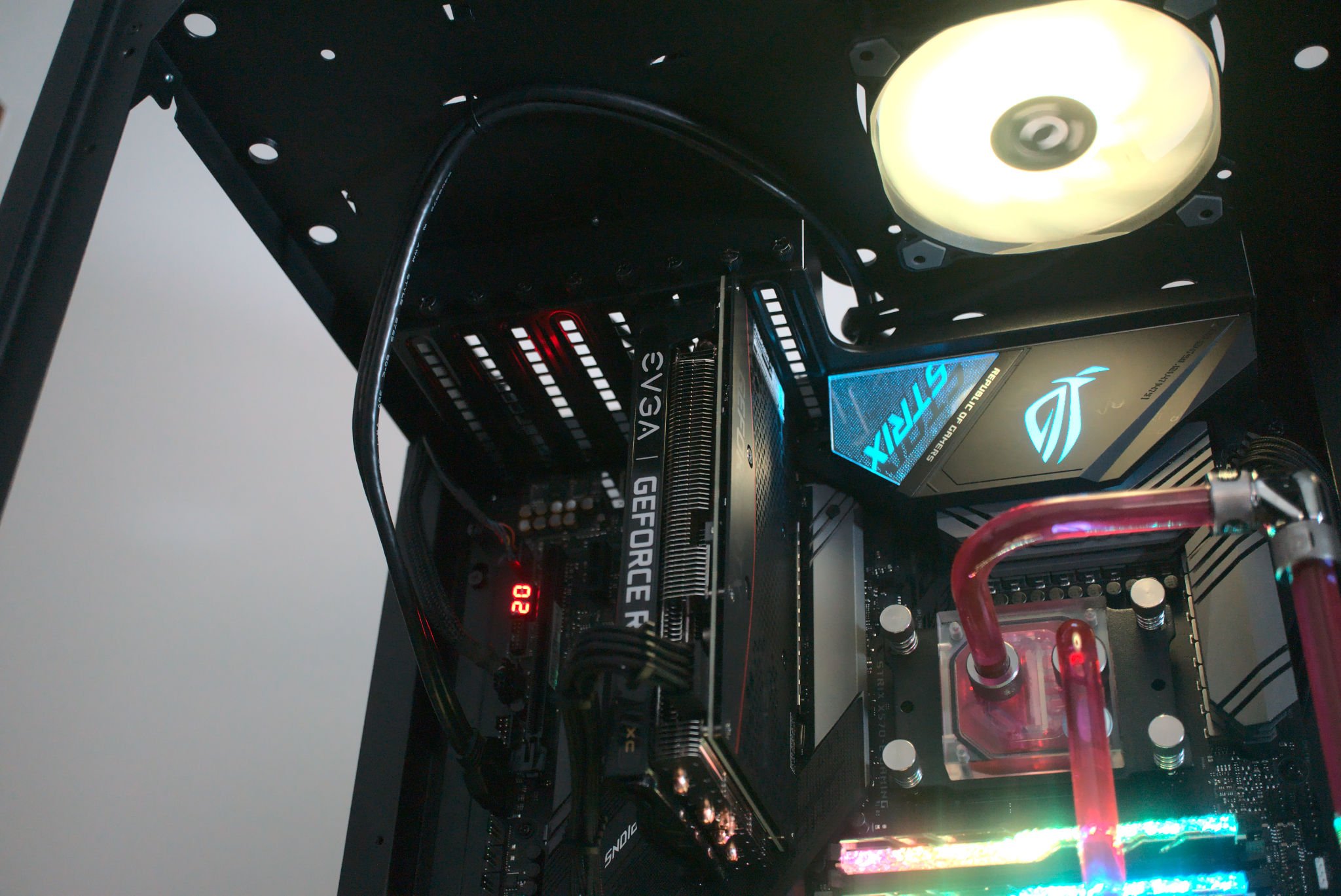
PCIe slots are another decision you'll have to make when deciding between these two types of motherboards. ATX boards usually come with several PCIe slots, sometimes up to seven of them. In contrast, Micro-ATX boards come with around two. This is a big factor to consider if you have components that need those slots.
Gamers will want to consider this if they use an RTX 3060 or other powerful graphics card and want to slot in a network card or a capture card. Some graphics cards might cover up nearby slots, so two might not be enough in a Micro-ATX motherboard. It's something you'll have to plan out because even if you don't need the slots now, you might need them later.
ATX vs. Micro-ATX: Price

The difference in price between the two types of boards is pretty easy to discern. Micro-ATX boards are generally cheaper because they simply include fewer components to their design. ATX boards having to accommodate more inside one board brings the price up.
That said, an ATX board might be the right choice for you if you need a lot of what it offers. The price might make sense given what you're asking of it. On the other hand, Micro-ATX boards are more affordable and should get the job done for most people. For basic tasks and gaming, you don't really need all the extra support for components that you'd find in an ATX board.
All the latest news, reviews, and guides for Windows and Xbox diehards.

Tyler Colp is a Former Freelance Writer for Windows Central. He's written about tech, games, and the culture around them across the internet. Ask him anything about Dark Souls or just follow him on Twitter.
